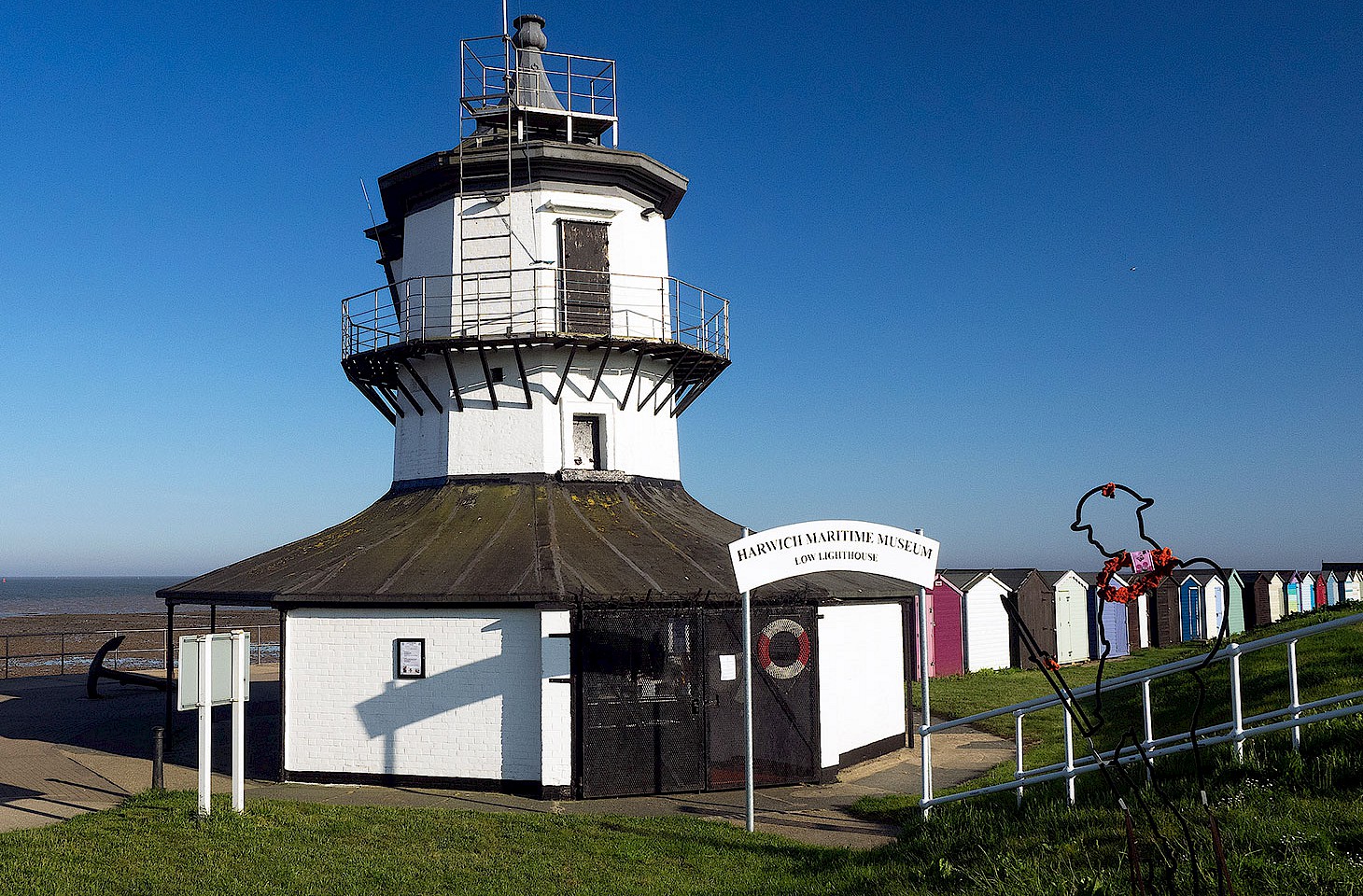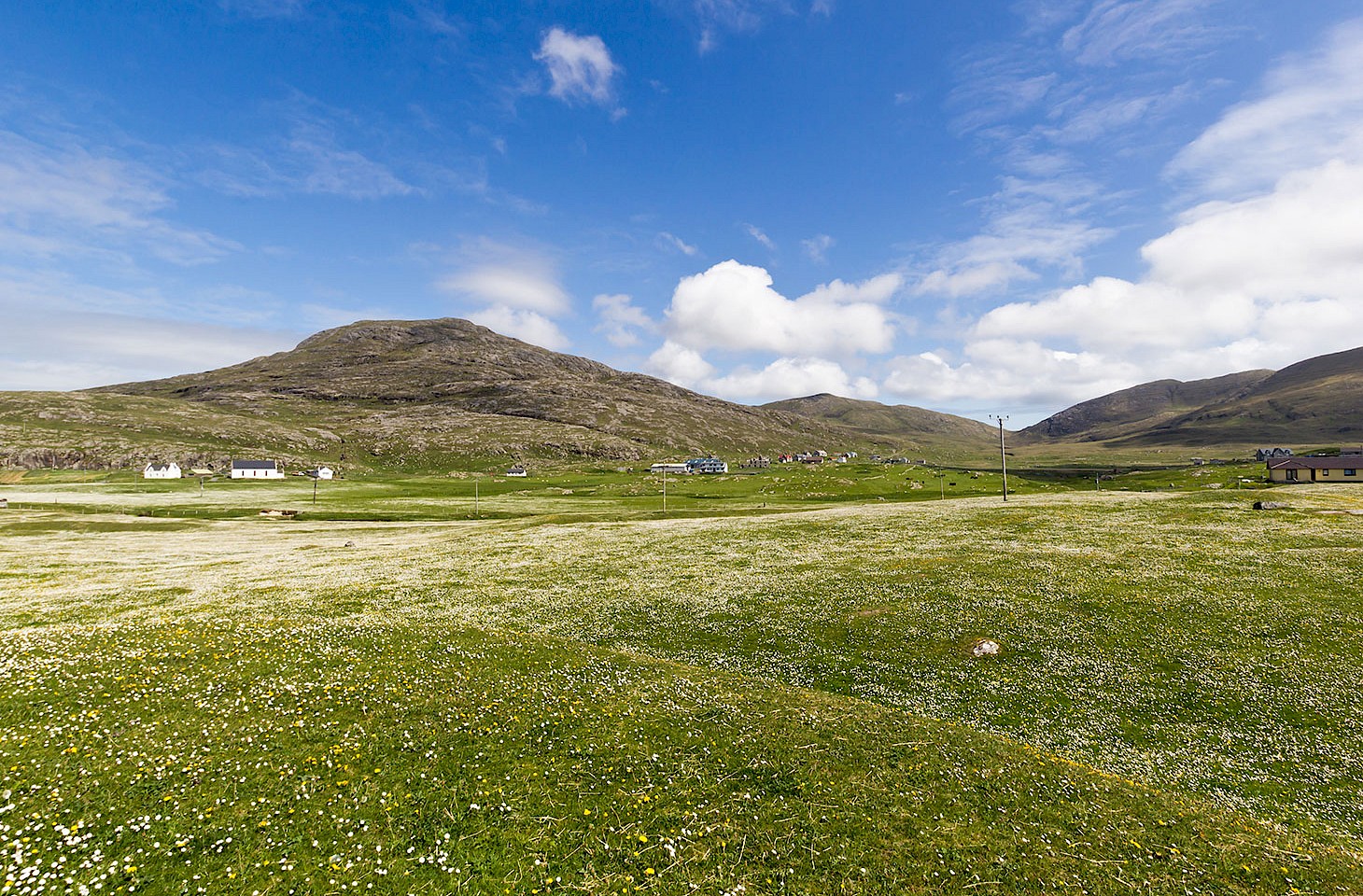The village is called Rhenigidale. For speakers of Scottish Gaelic it’s Rèinigeadal. But it is not the name which is so important. It’s the location, on a gentle prow of land gorgeously situated where the southern slopes of Todden drop down to Loch Trollamarig.
Just away to the east is Loch Seaforth. To the south, beyond the bare bulk of Uiseval, is the Sound of Scalpay. Rhenigidale is one of the remotest villages on the Scottish island of Harris, part of the Outer Hebrides. This is an island with the most tortured topography, not generous terrain for living or farming.
When the chance came in 1923 for men who had served in World War One to relocate with their families from Rhenigidale to much better land on the newly developing North Talisker estate, some crofters jumped at the chance. But some Rhenigidale families who would have been eligible to make the move over the sea to Skye stayed put. A Harris man is not easily prized from his roots.
In those days Rhenigidale was formidably difficult to reach since there was no road leading to the village. And so it stayed until just thirty years ago. 2020 marks the 30th anniversary of the opening of the first road to Rhenigidale.
It may have been remote, but Rhenigidale was not unknown. It was for almost 20 years a favourite summer haunt of the Schools Hebridean Society (SHS). SHS first touched down in Rhenigidale in 1966. The visiting party found a very traditional community of half a dozen crofts, no more than a score of souls in all, who relied on a weekly boat from Tarbert to deliver groceries.




